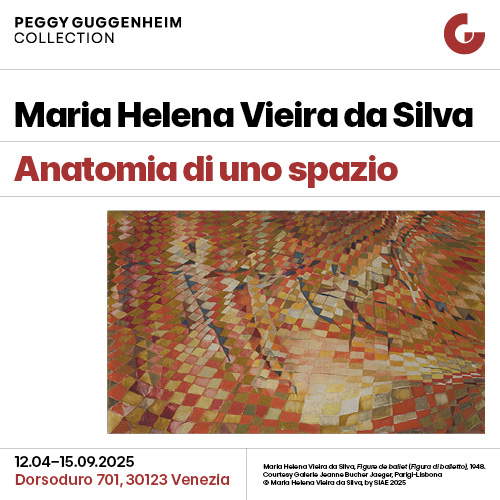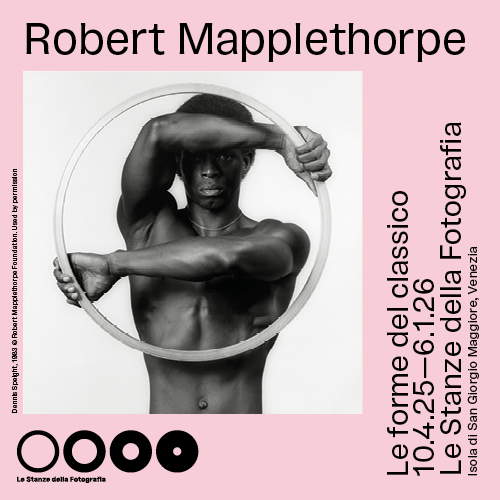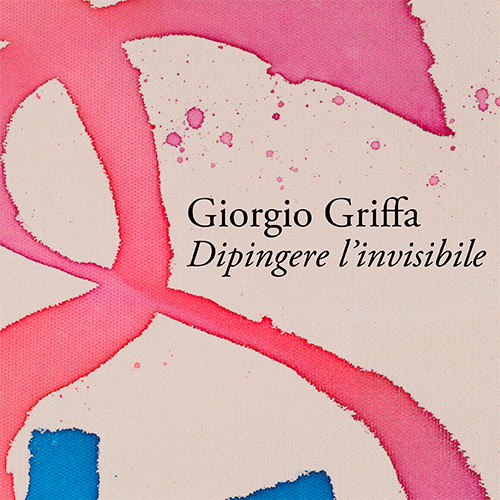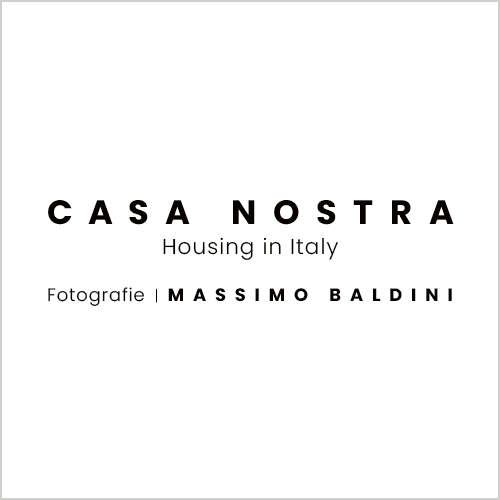One border, two cities, Nova Gorica and Gorica: the European capital is "borderless"
It has now been 40 years since the first nomination of a city as European Capital of Culture, an initiative that rewards those entities capable of contributing to the strengthening of the European “spirit” and cultural ties of the people living in EU countries. For 2025, Nova Gorica and Gorizia were jointly awarded the title, and it is the first time that two cities belonging to different states have been nominated.The border between Italy and Slovenia is a point of conjunction of the two urban contexts and finds in the Transalpina Square, in the past a symbol of division, with the “wall” that crossed it, today an emblem of union and sharing. If Gorizia, in fact, has its roots in the Middle Ages and has had a complex history that led it to be first a county, then part of the Venetian Republic, then Hapsburg rule, and finally a territory of bloody “reconquest” by the Italians during World War I, Nova Gorica grew up on the half ceded to the then Yugoslavia by the 1947 Treaty of Paris.
The two cities remained strictly separate until Slovenia declared independence in 1991, while the border fell in 2004 when the country joined the European Union. Precisely on the basis of these troubled events, the claim accompanying the program of the European Capital of Culture 2025 is “GO! Borderless,” and the organizers were inspired by a cross-border character, capable of involving other provinces of Friuli Venezia Giulia and Slovenia as well.
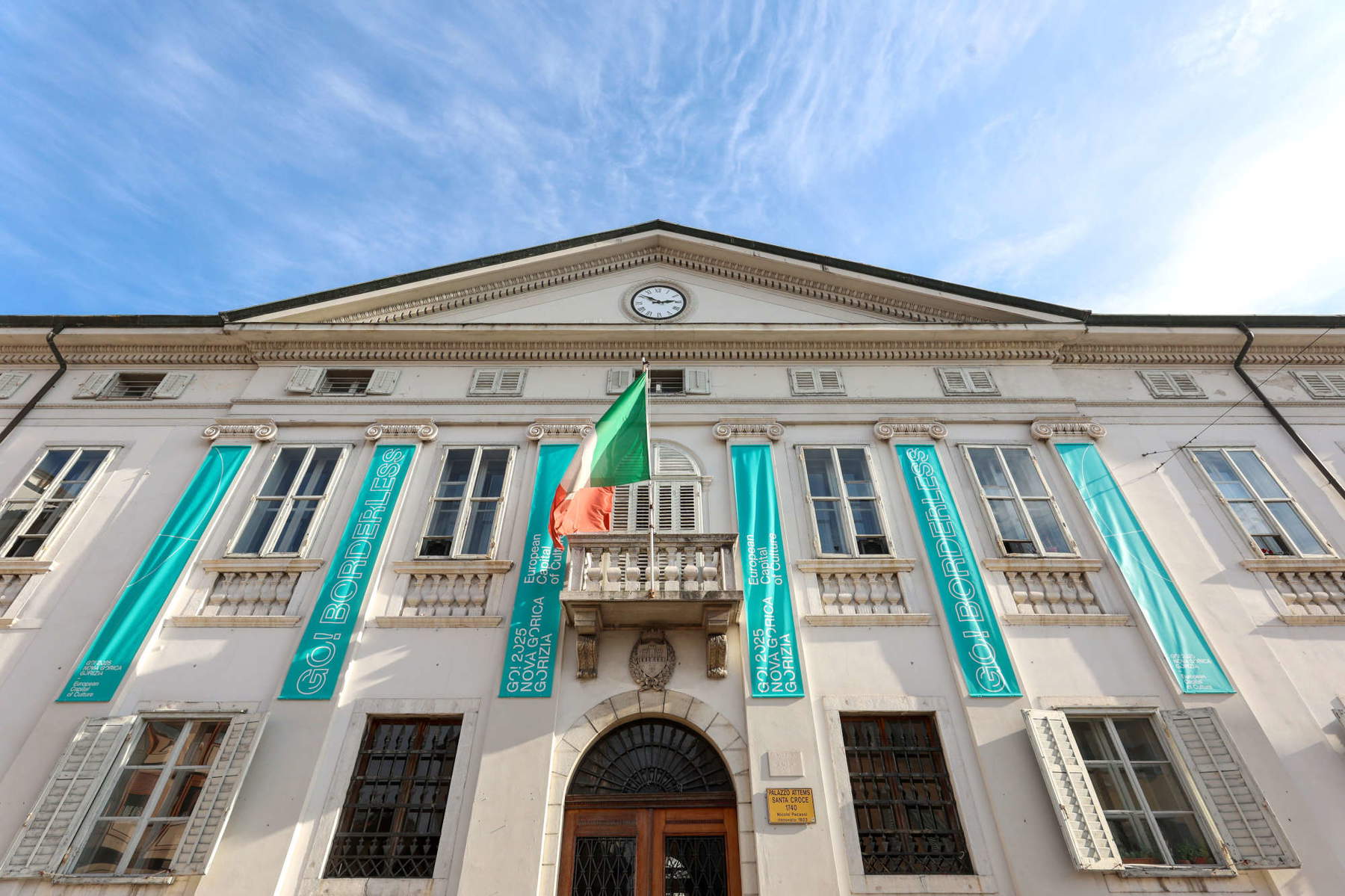
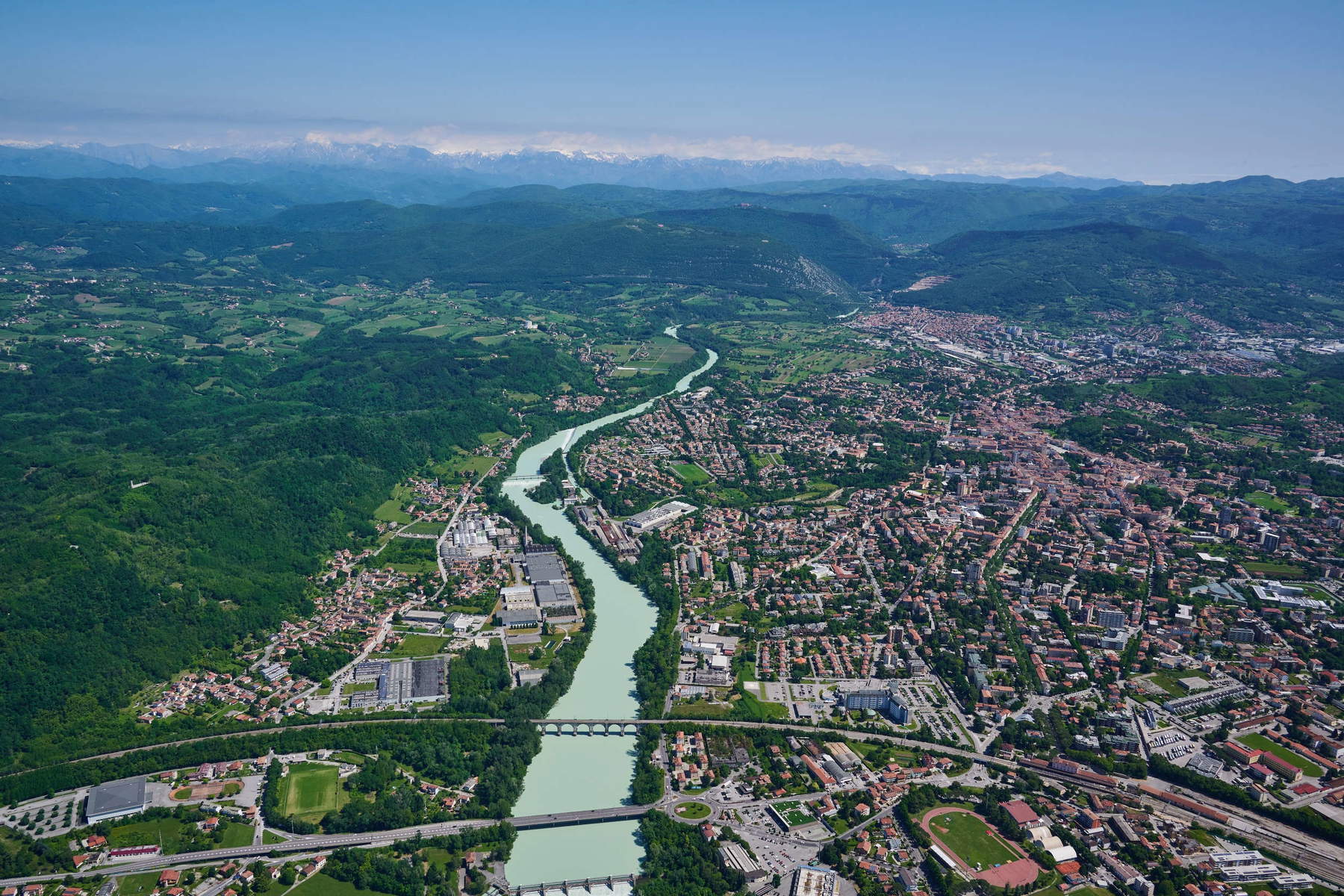
From station to station: the official ceremony
The “ribbon-cutting” for GO! 2025 is set for February 8, a significant date because it commemorates both the “National Day of Slovenian Culture” set to commemorate the death of Slovenian poet France Prešeren in 1849 and the birth of Giuseppe Ungaretti, the famous poet who fought on the Gorizia Karst from 1915 to 1918 during the Great War. In the presence of authorities-including President Sergio Mattarella and President of the Republic of Slovenia Nataša Pirc Musar-and national and international guests, a festive procession of 1.500 performers, marching bands and folklore groups set off from the Gorizia train station to reach Piazza Vittoria, where Michelangelo Pistoletto’s GO! 2025 sphere was launched from the stage, a reworking of hisWalking Sculpture , a large ball covered with pages of local newspapers, in this case “Il Piccolo” and “Primorsk.”
The ball, thanks to athletes, students and artists, was the protagonist of the evocative Walking Sculpture performance and was rolled up to the San Gabriele Street crossing to then be “picked up” by Slovenian hands who led it to the Nova Gorica City Hall, where it was illuminated, “lit” like an Olympic flashlight. Many performances were staged in the squares and during the highlights of the ceremony, reaching a climax in Transalpina Square, the square shared by the two cities - and newly renovated - where the party went late into the night with DJ sets by Daddy G of Massive Attack and Andy Smith of Portishead.
The program: focus on art
There are four themes on which GO! 2025’s programming is based: “War and Peace,” “The Making of the New,” “Smugglers,” and “So Much Green.” “These pillars, which I would call windows, overlook different worlds,” explains Stojan Pelko, Program Director. “We are convinced that this Region can tell Europe and the world how difficult it is to build peace after war, and how the only border that concerns us is the one for the future, with sustainability at the center.”
The final schedule is still subject to adjustment throughout the year and at the moment seems a bit underwhelming from the visual arts perspective; however, the exhibition on Zoran Muši? (who will also be the focus of exhibitions on Slovenian soil): Muši? Landscapes of the Body will be staged at Attems Petzenstein Palace from May 23 to October 19 and will present the Zurich Room of the famous painter and engraver born in Bukovica, near Nova Gorica, and survived Dachau. Meanwhile, at Attems Palace, both Andy Warhol. Beyond Borders and Ungaretti Poet and Soldier. Karst and the Soul of the World. Poetry Painting History at the Museum of St. Clare, a group show of contemporary authors who have reinterpreted the poet’s experience during World War I. Also announced will be an exhibition related to the treasures of Aquileia and the exhibition Three Looks with photographs by Steve McCurry, Alex Majoli and Meta Krese to narrate the concept of borders. The tribute to Franco Basaglia will include the circulation to Slovenian venues of the installation Marco Cavallo, a symbol of the breaking down of boundaries and prejudices about mental health. Nova Gorica devoted last year and will continue to devote great attention to architect Edvard Ravnikar, author of the city’s urban plan; until Sept. 18 one can also visit in the Slovenian National Theater Seizing the Storm by Eta Sadar Breznik, an artist who represents one of the most important exponents of world textile art. In late May and early June, the Biennial of Young Artists of Europe and the Mediterranean will arrive in both cities with the theme, in keeping with the spirit of the European Capital of Culture, “Borderless!”
Music, performances and the events in the “friendly” territories
Numerous other events will land in Gorizia and Nova Gorica, from the Festival of Complexity to the food and wine festival Gusti di Frontiera, Borderless Tastes and the May Day March. And a number of film, music, and theater productions will materialize: for example, Dodecalogo, the transgenerational docu-fiction by director Tomi Janeži? and Anja Medved’s documentary on World War II witnesses. The concerts are significant: Massive Attack (June 24) and Thirty Seconds to Mars (July 3) will perform at the Casa Rossa Arena in Gorizia.
Flanking the official program are events organized by the “friends,” namely the Friuli territories. They are and will be part of the GO! 2025&Friends schedule the exhibitions Steve McCurry. Glimpses on the World, open until May 4 in the Salone degli Incanti in Trieste, and Photography Wulz. Trieste, the Family, the Studio, set up at the Magazzino delle Idee in the Julian capital until April 27. In the splendid spaces of Villa Manin in Codroipo, on the other hand, Scooter Italia 1945-1970, with many models of iconic Italian motorcycles, will be staged from Feb. 7, and in the same venue from Oct. 11 Marco Goldin’s new exhibition project, Confini. From Turner to Monet to Hopper. Song with Variations.
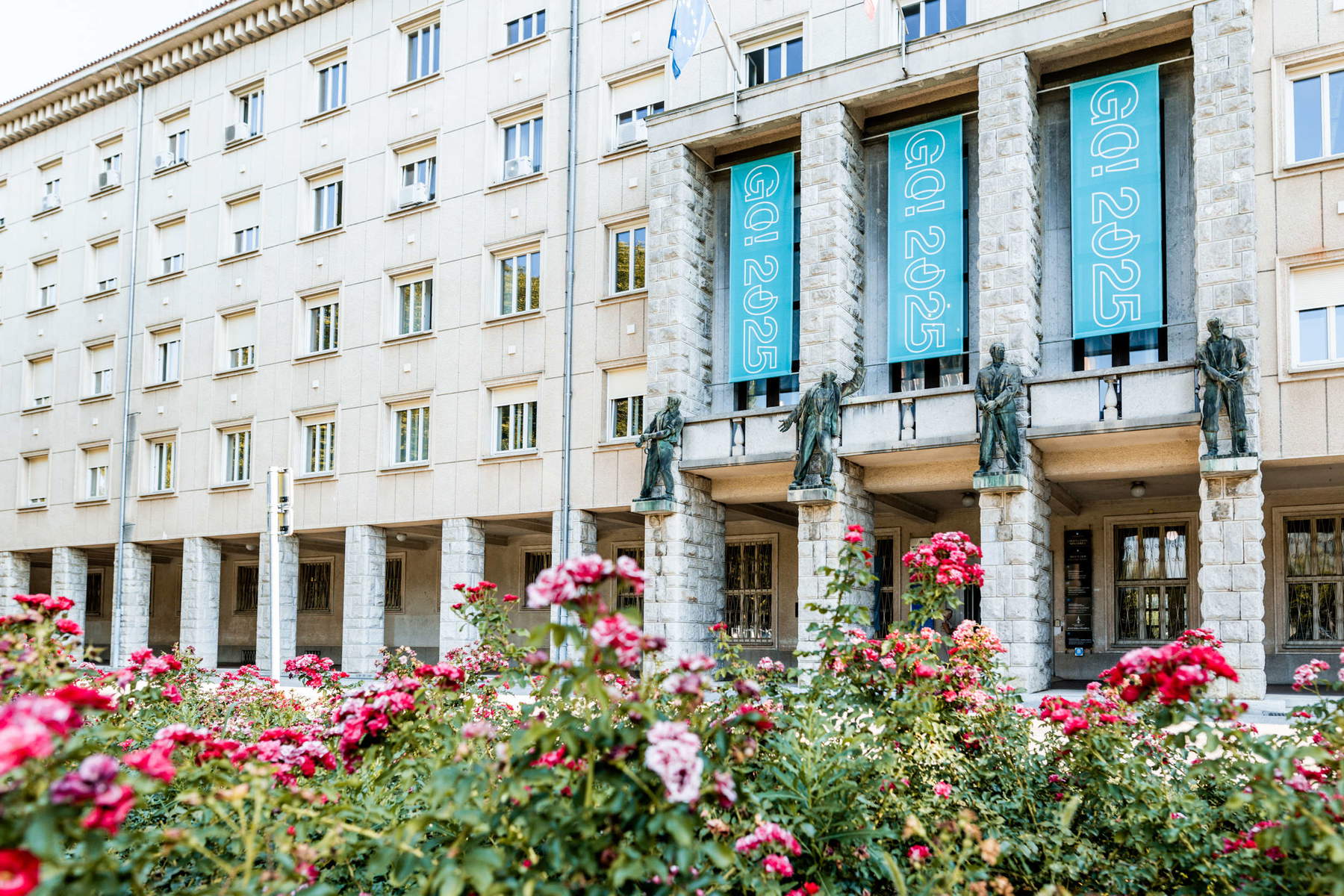
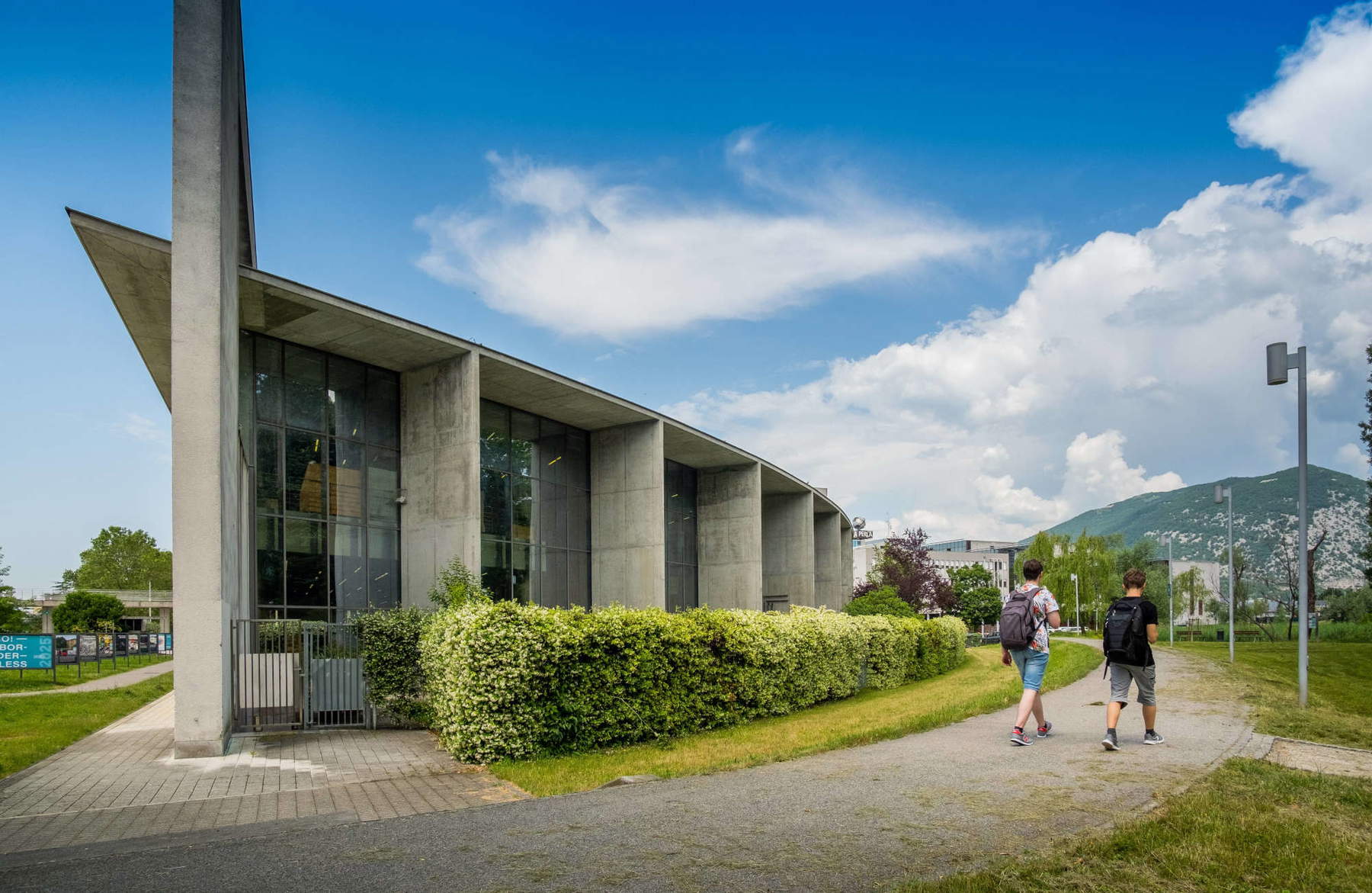
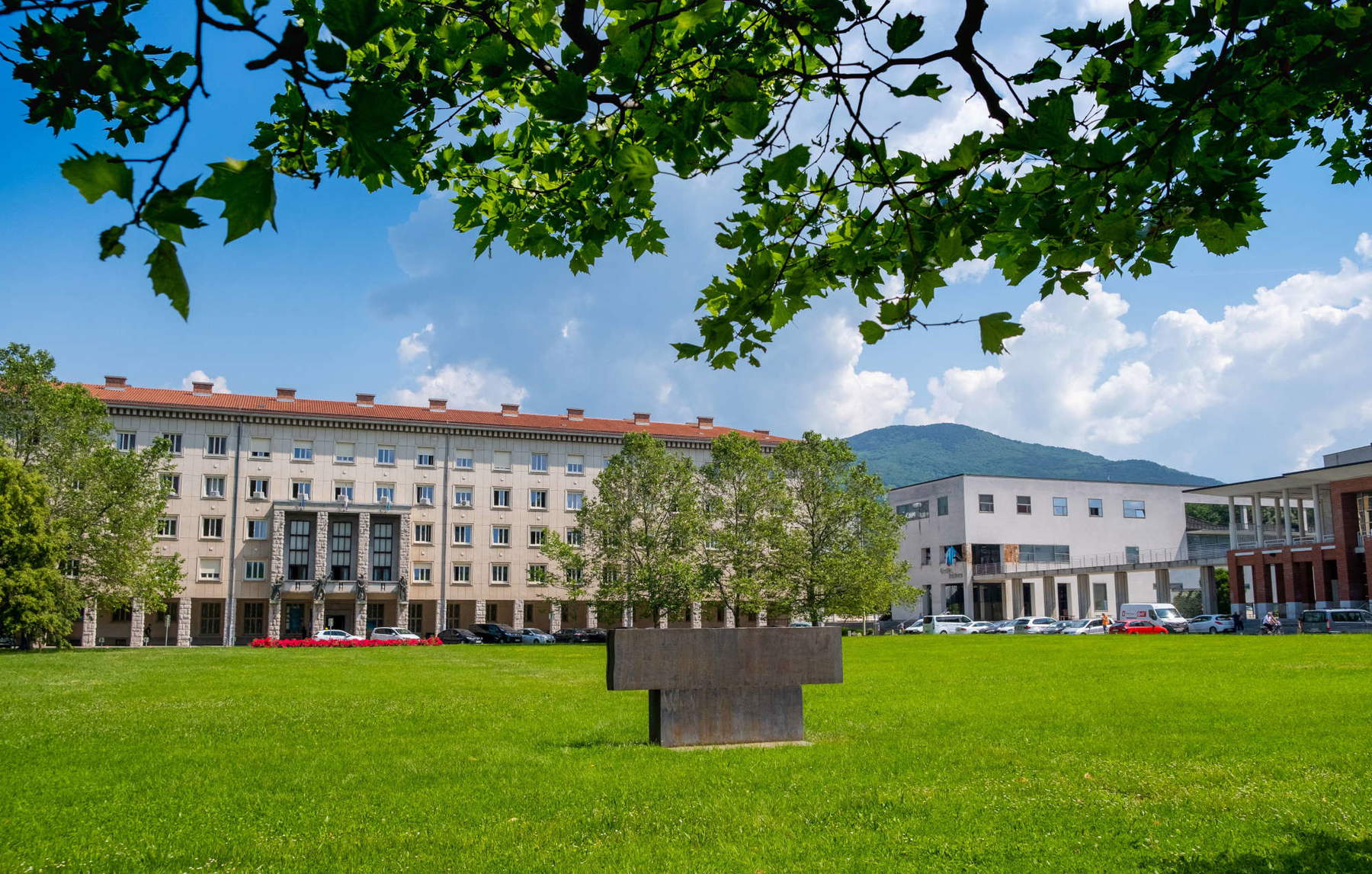
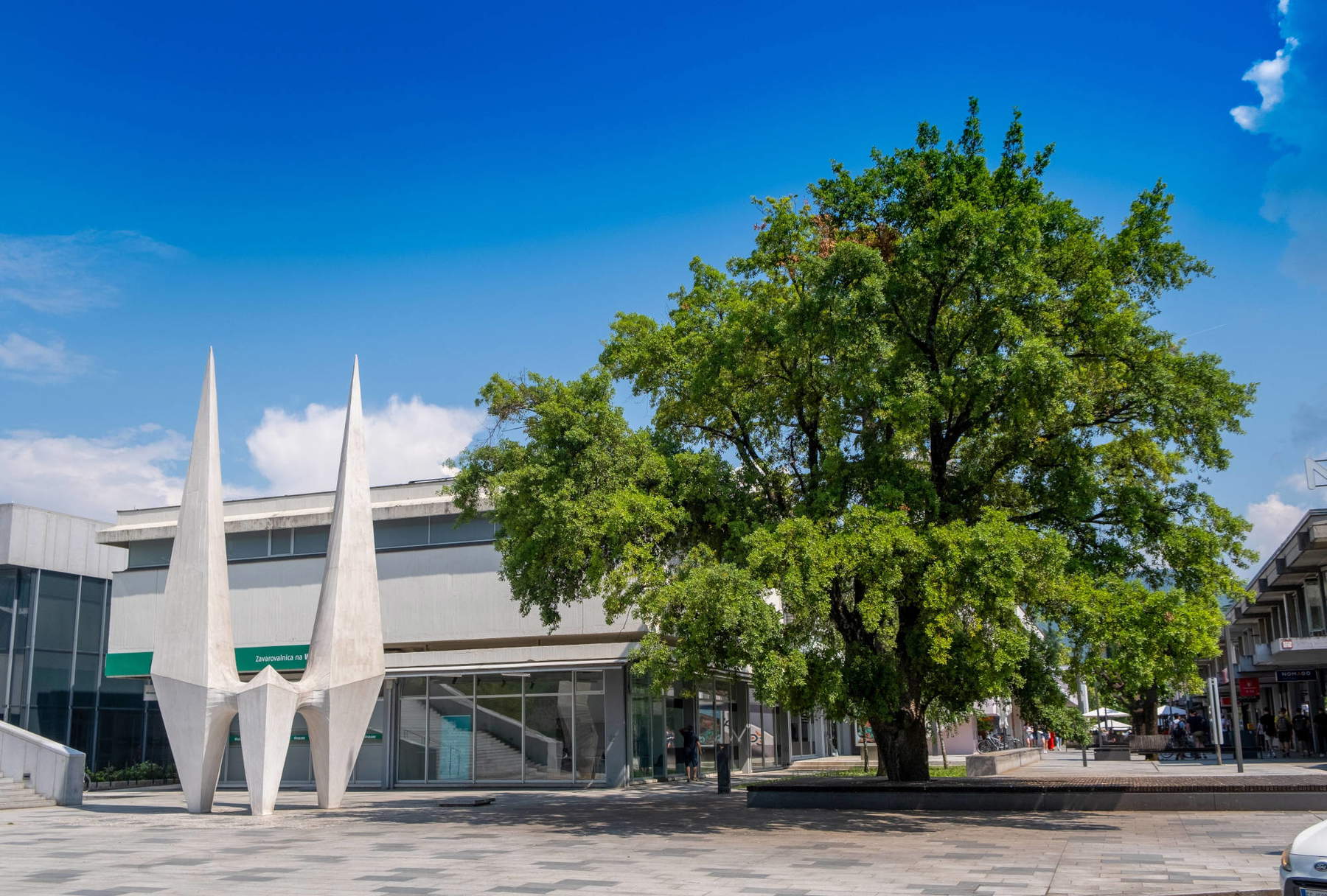
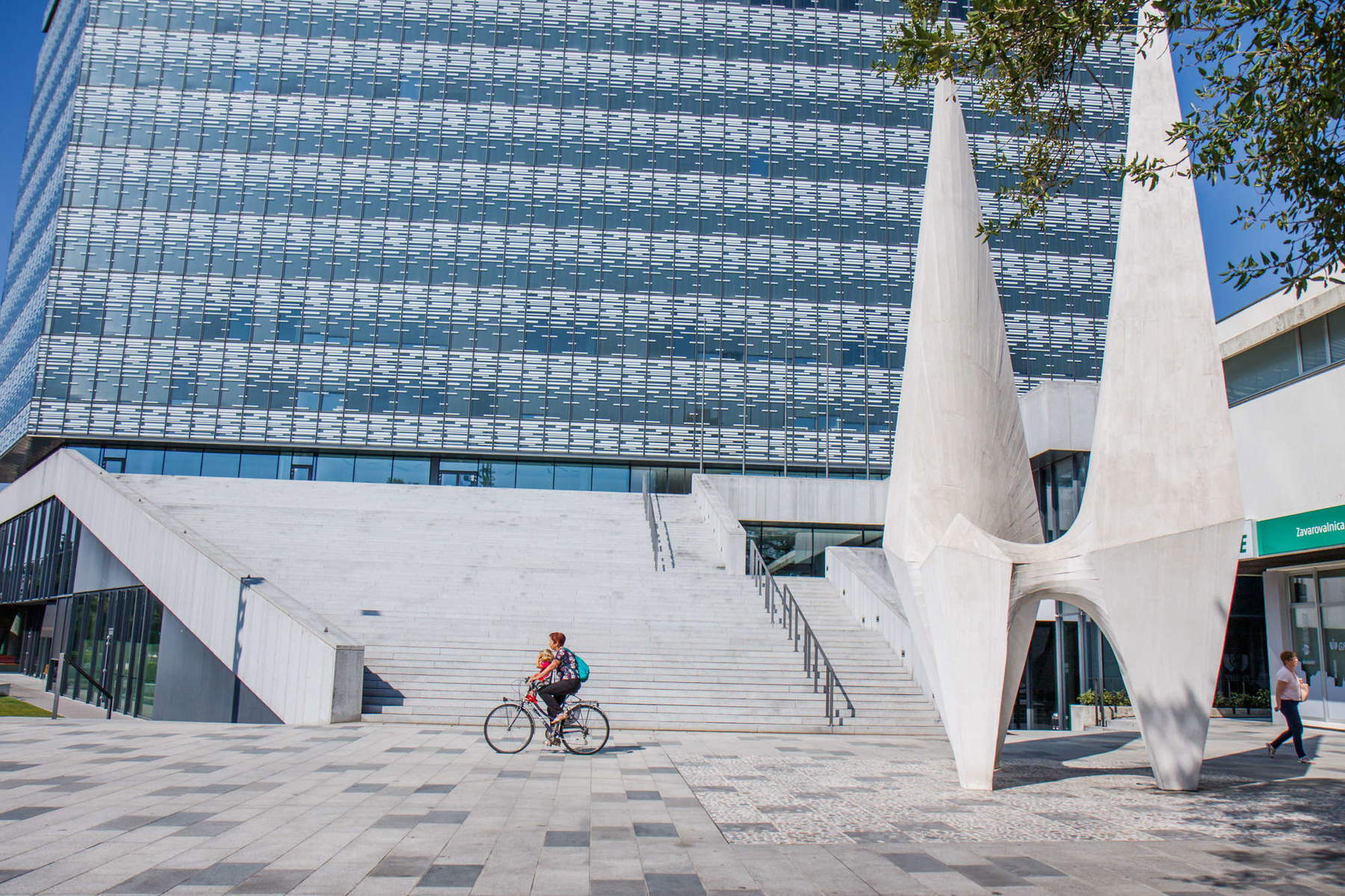
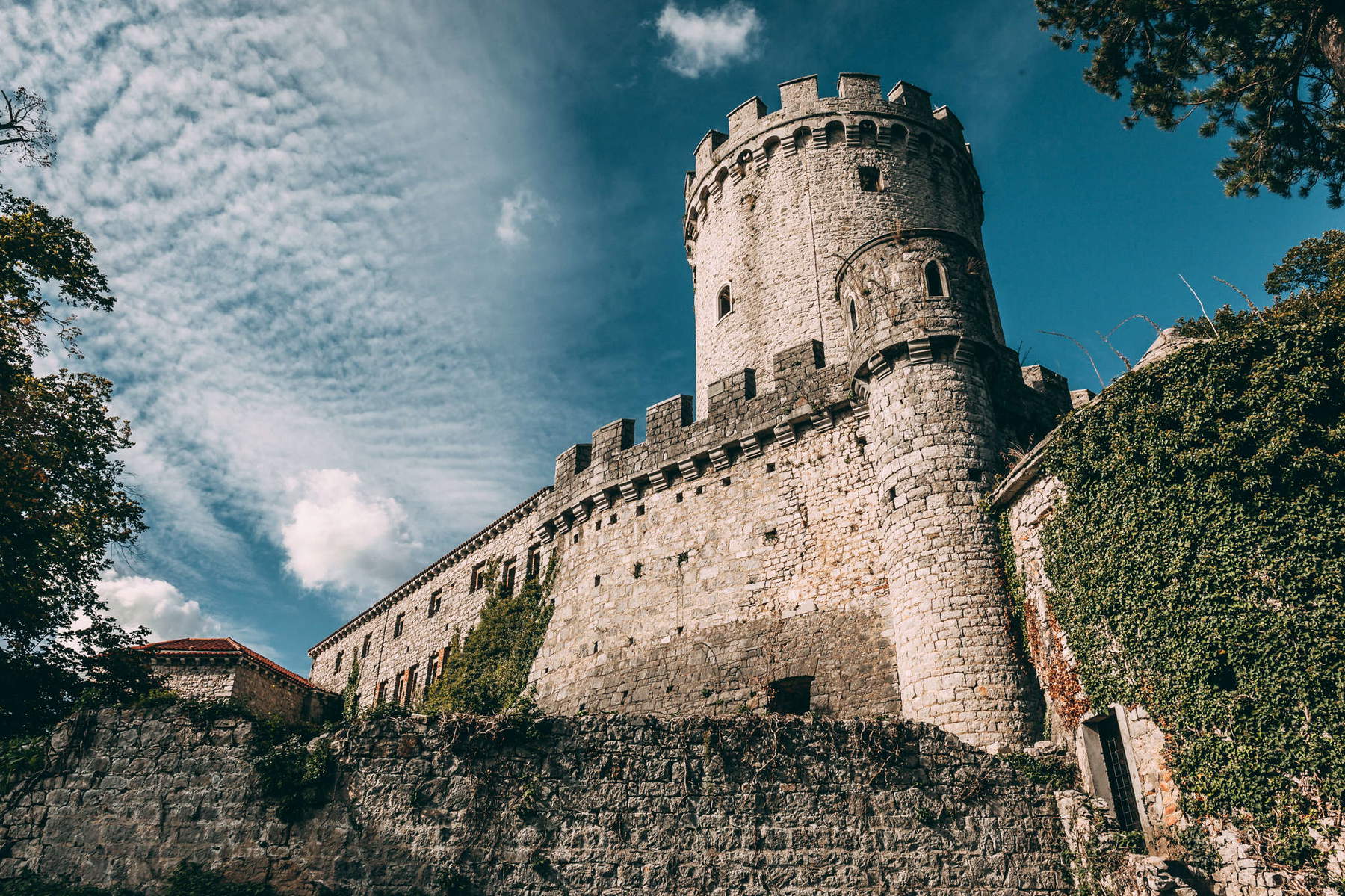
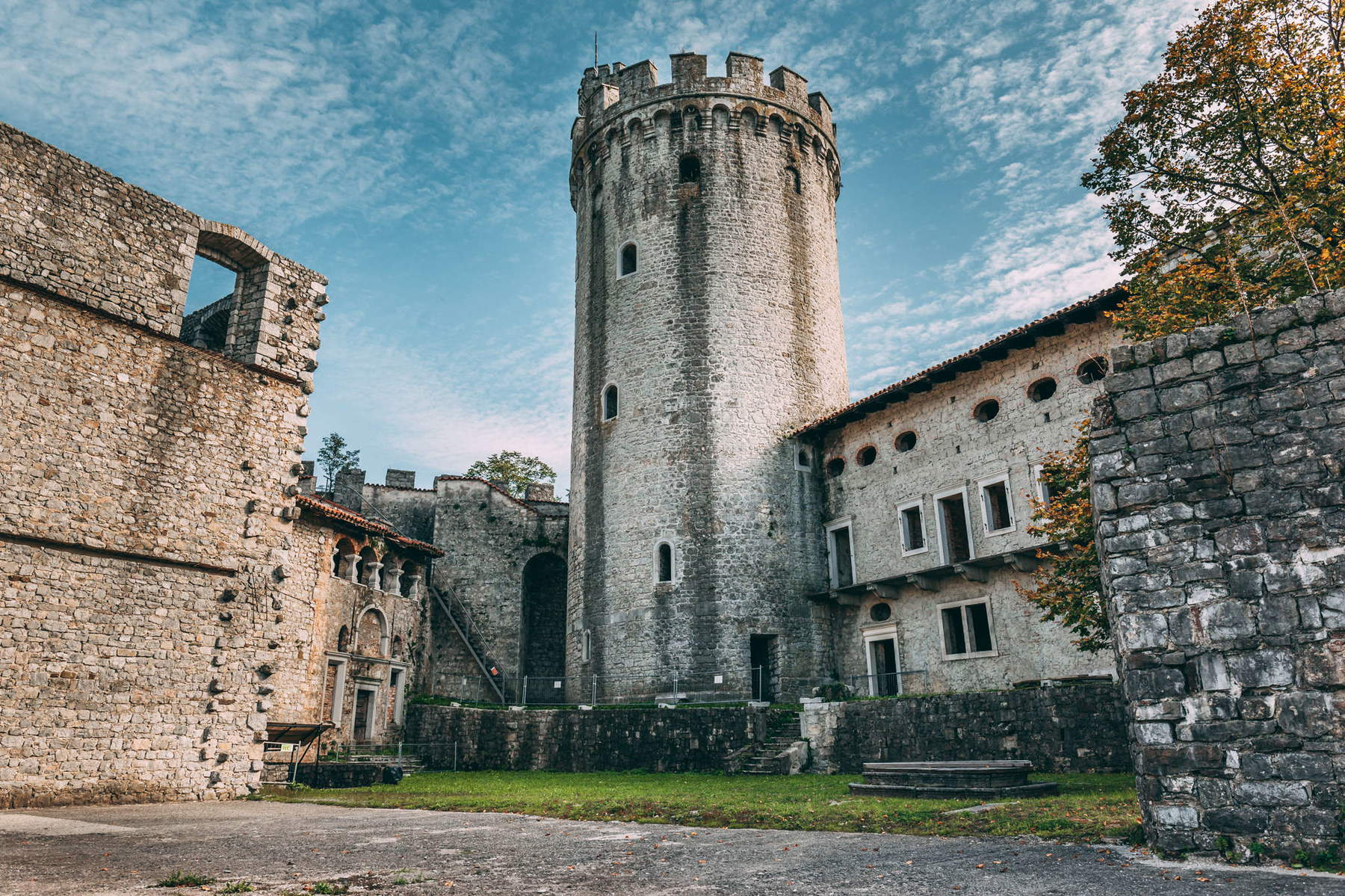
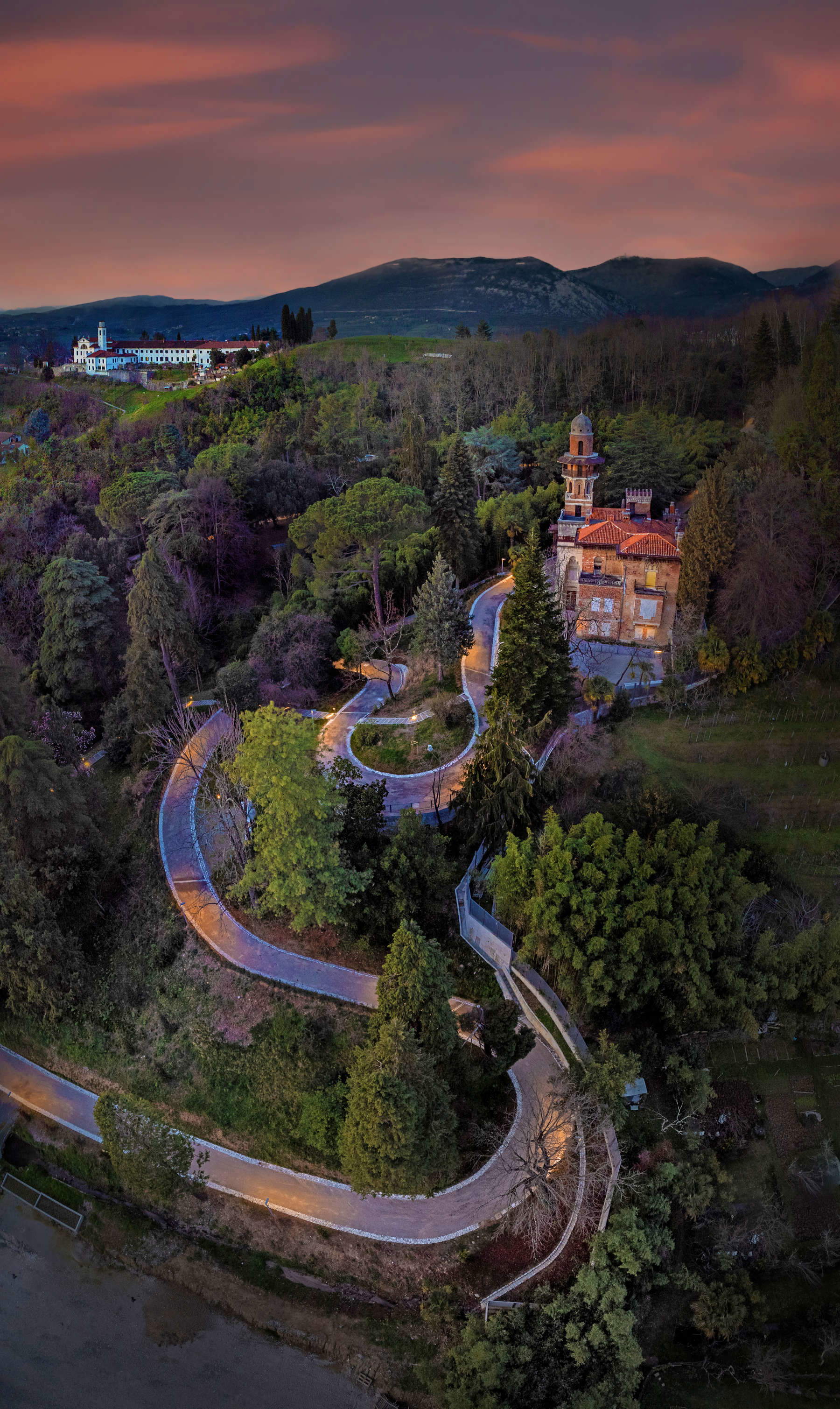
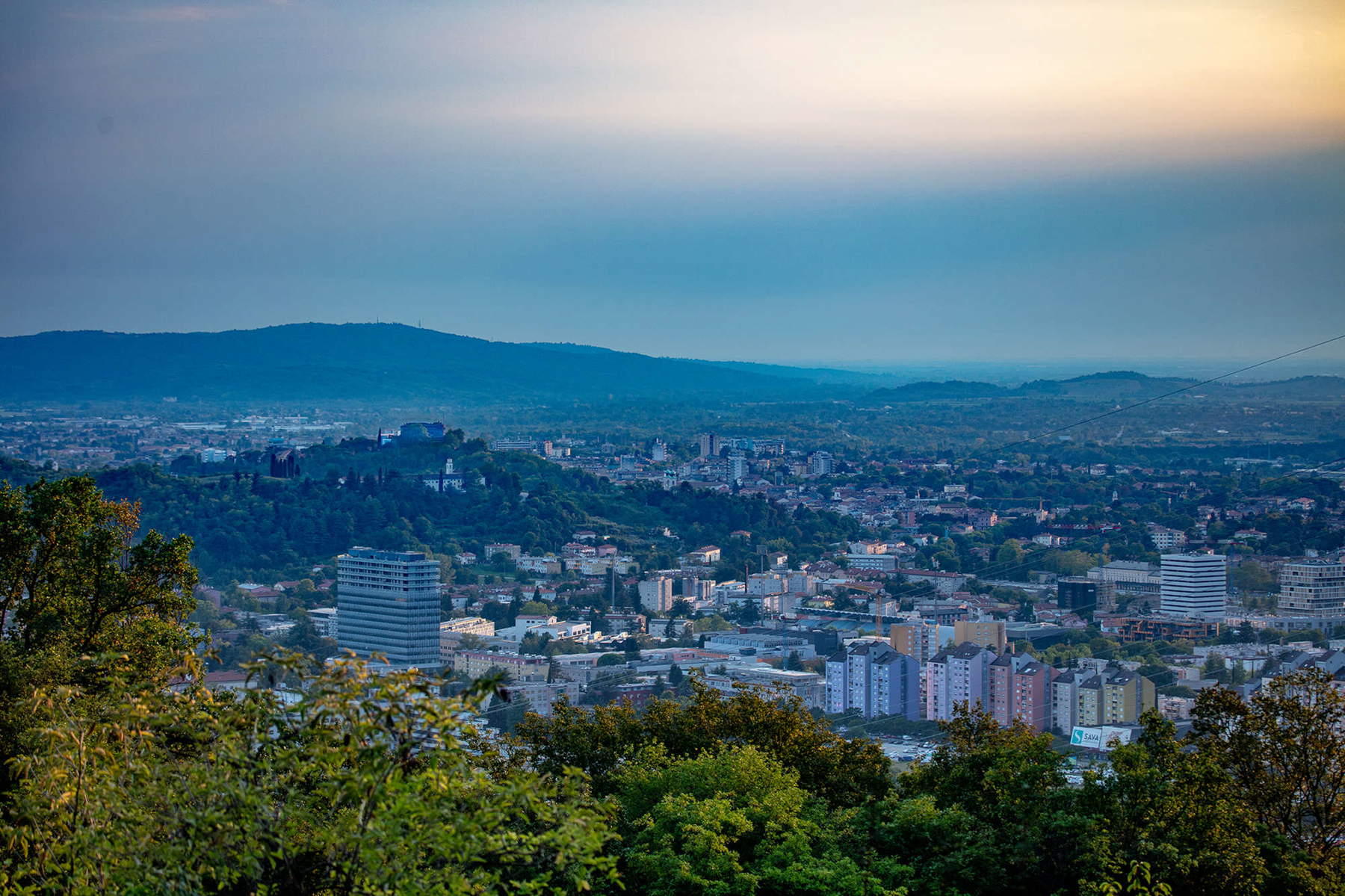
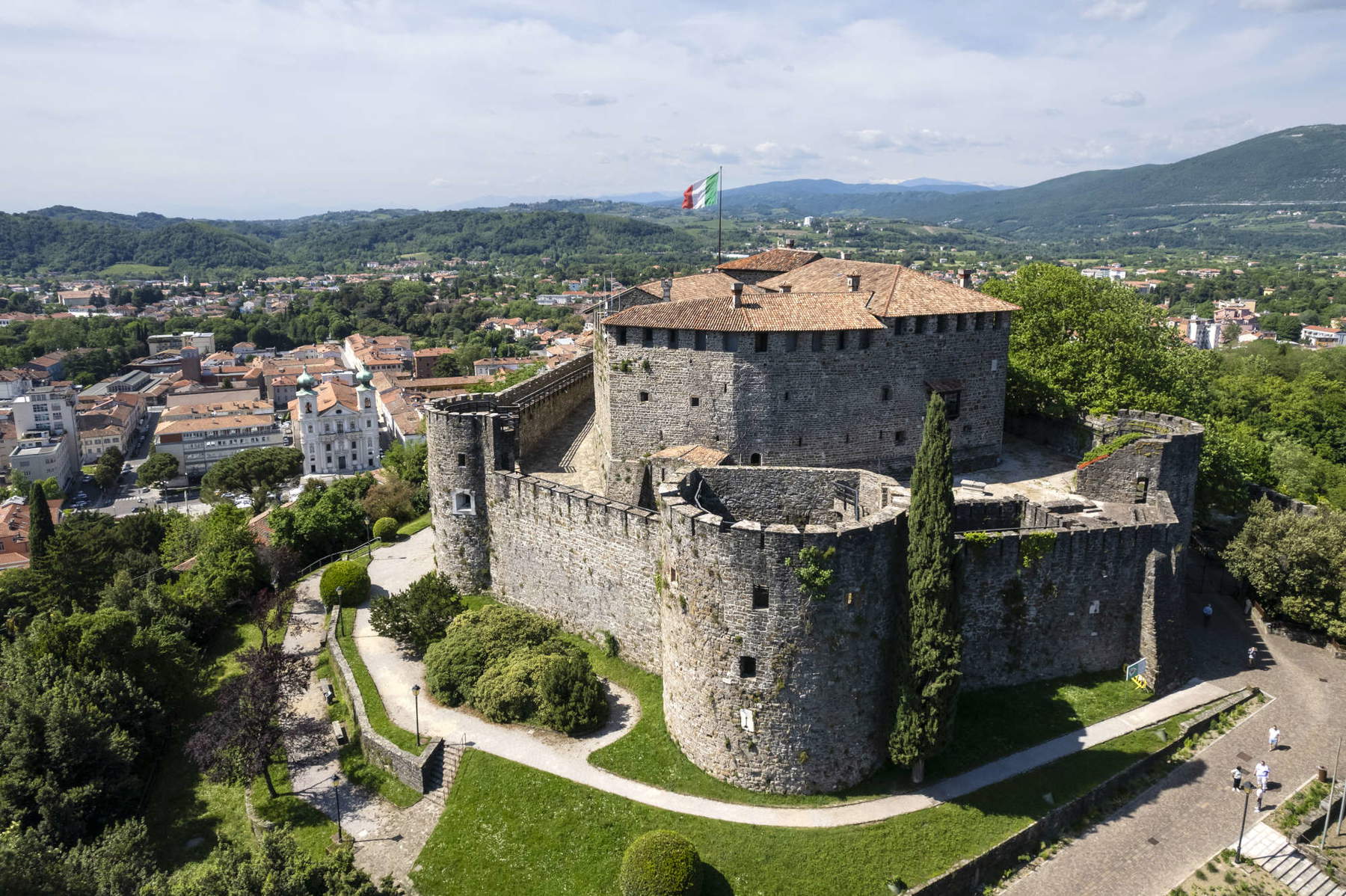
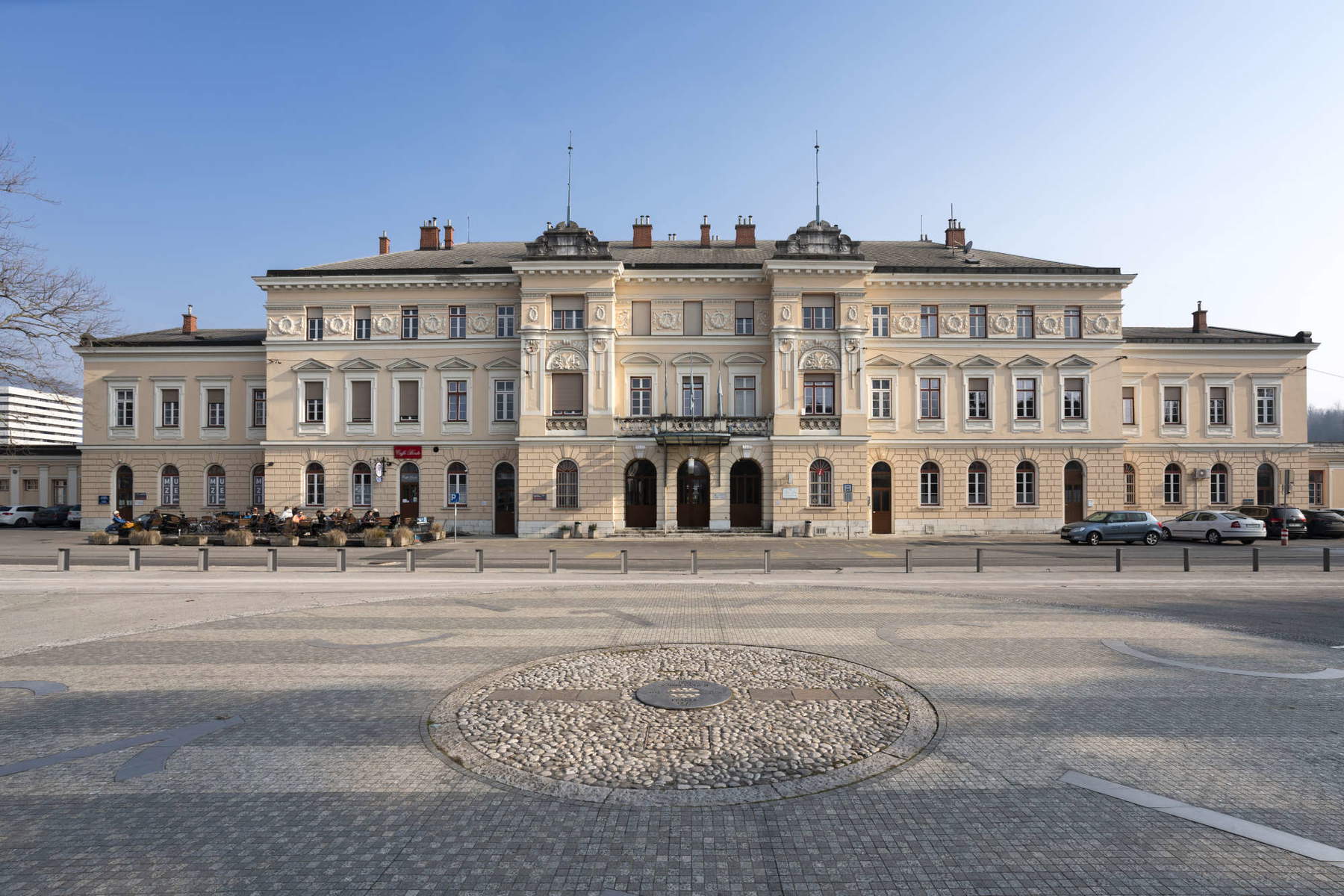
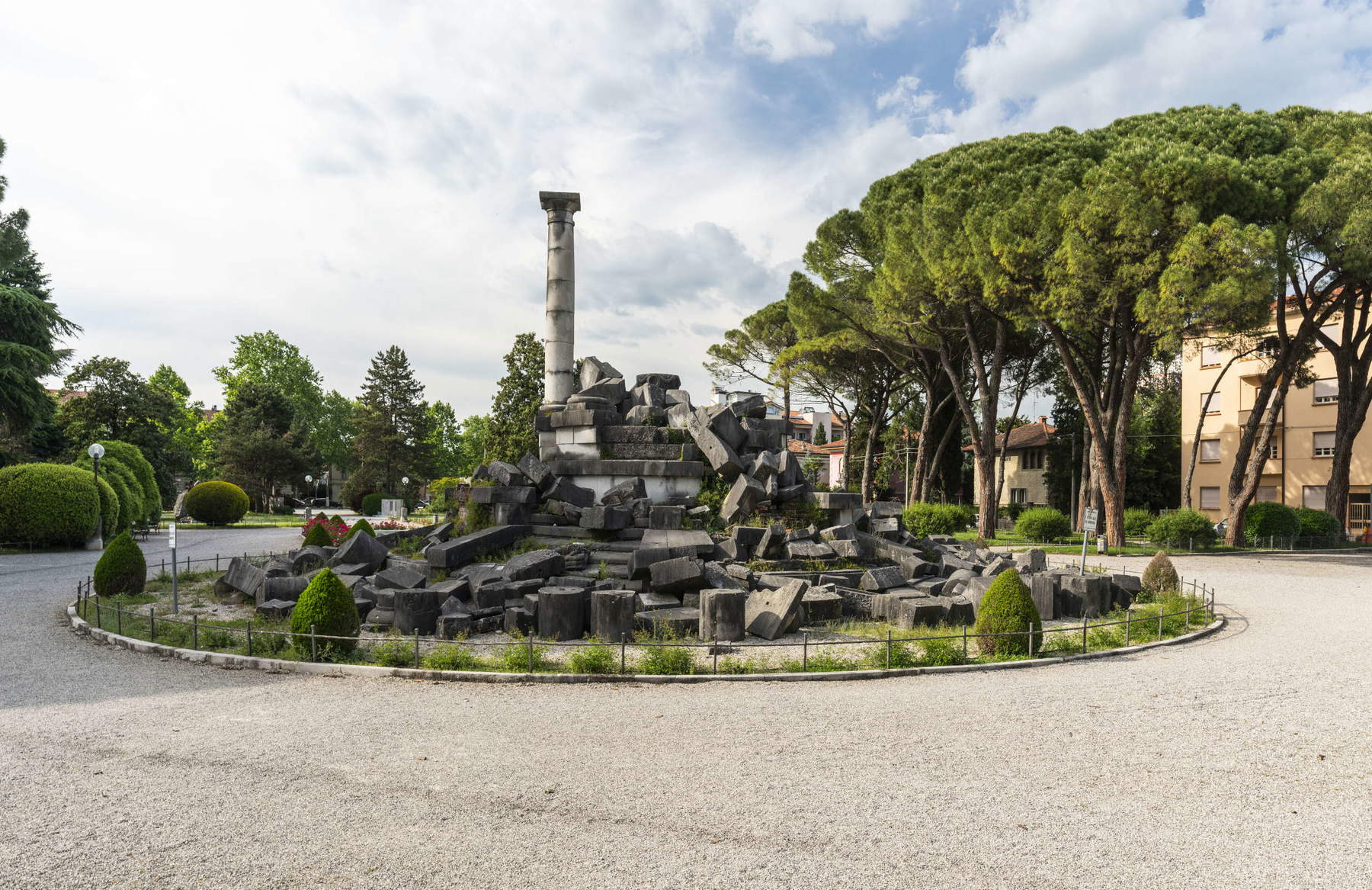
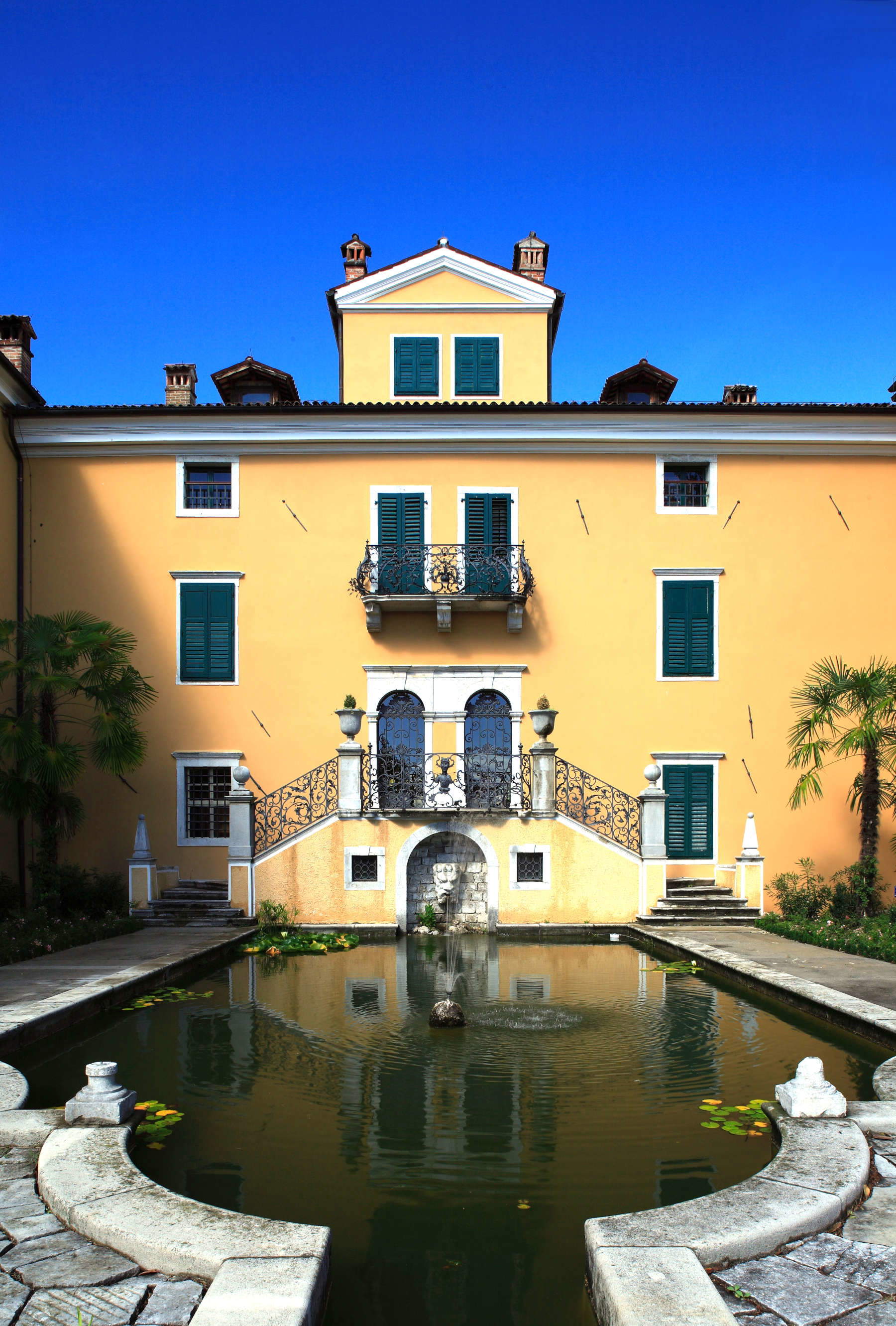
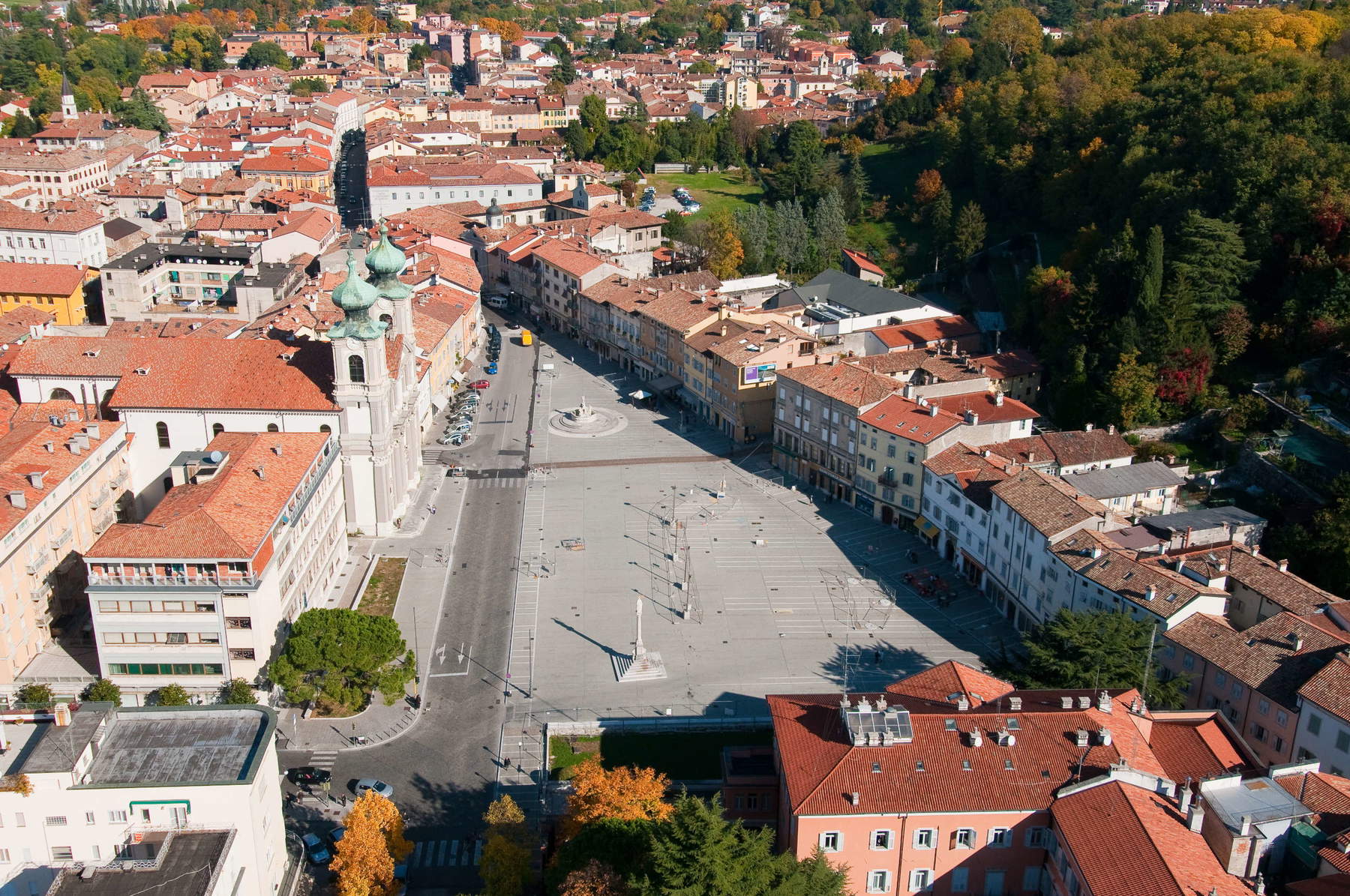
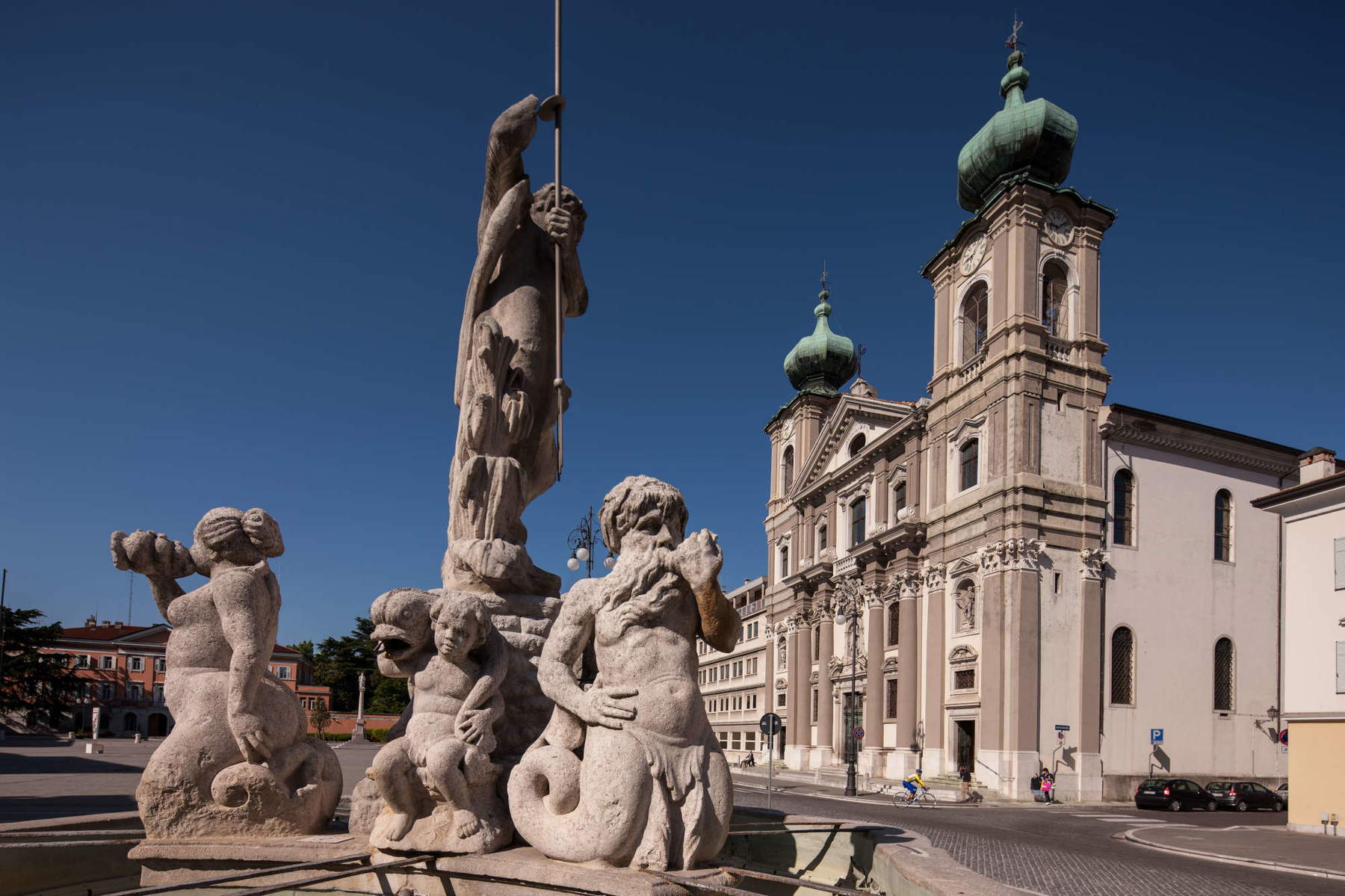
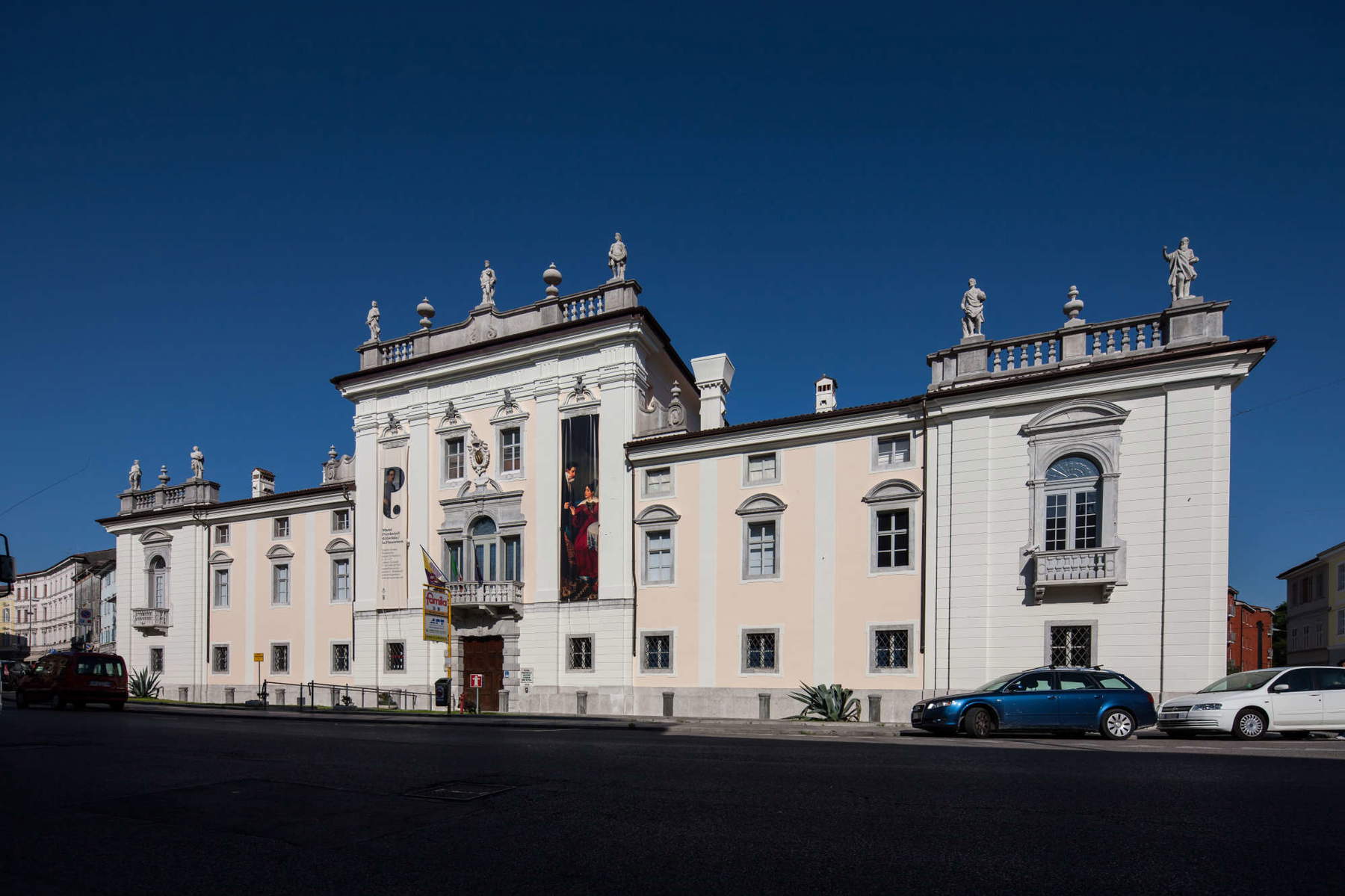
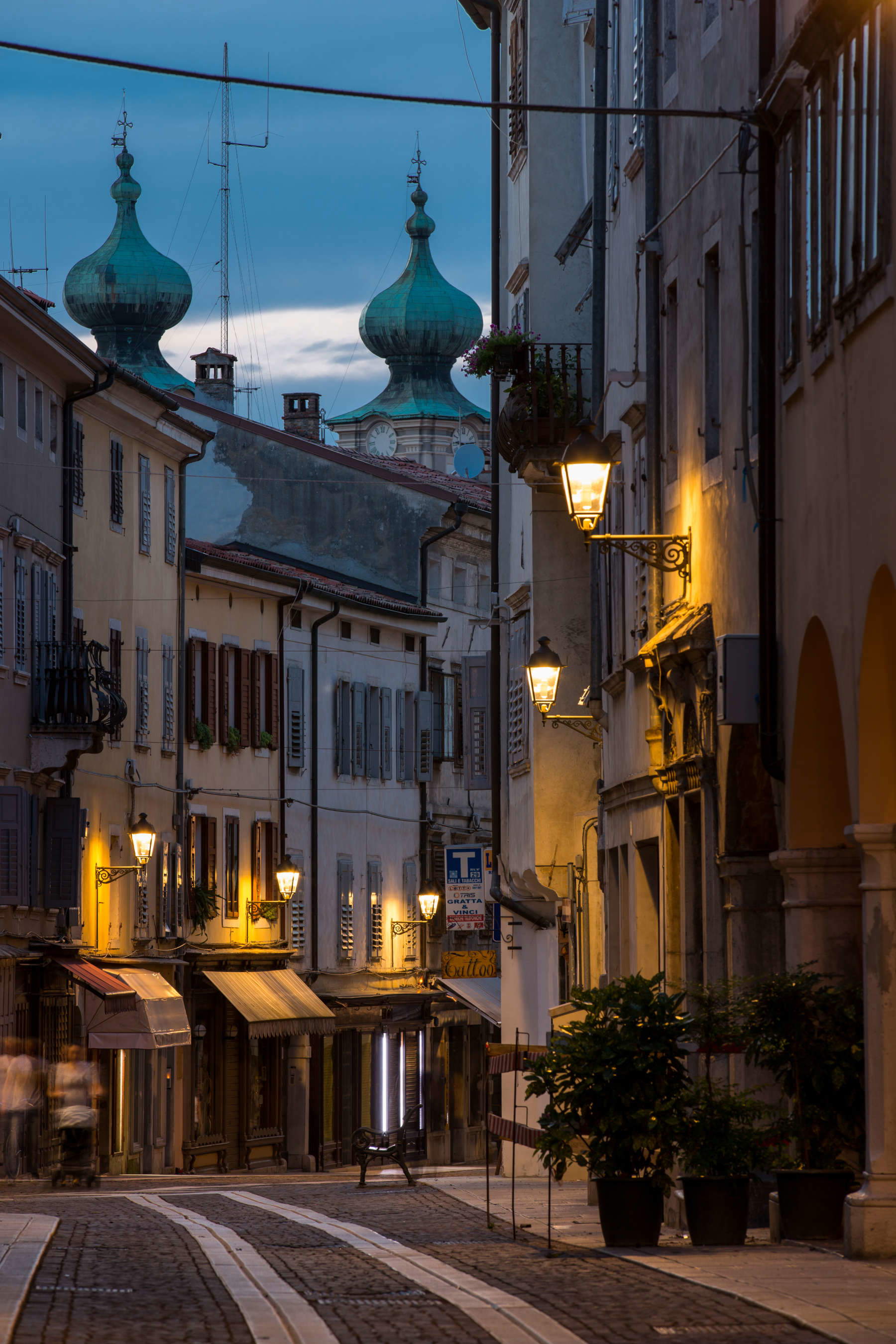
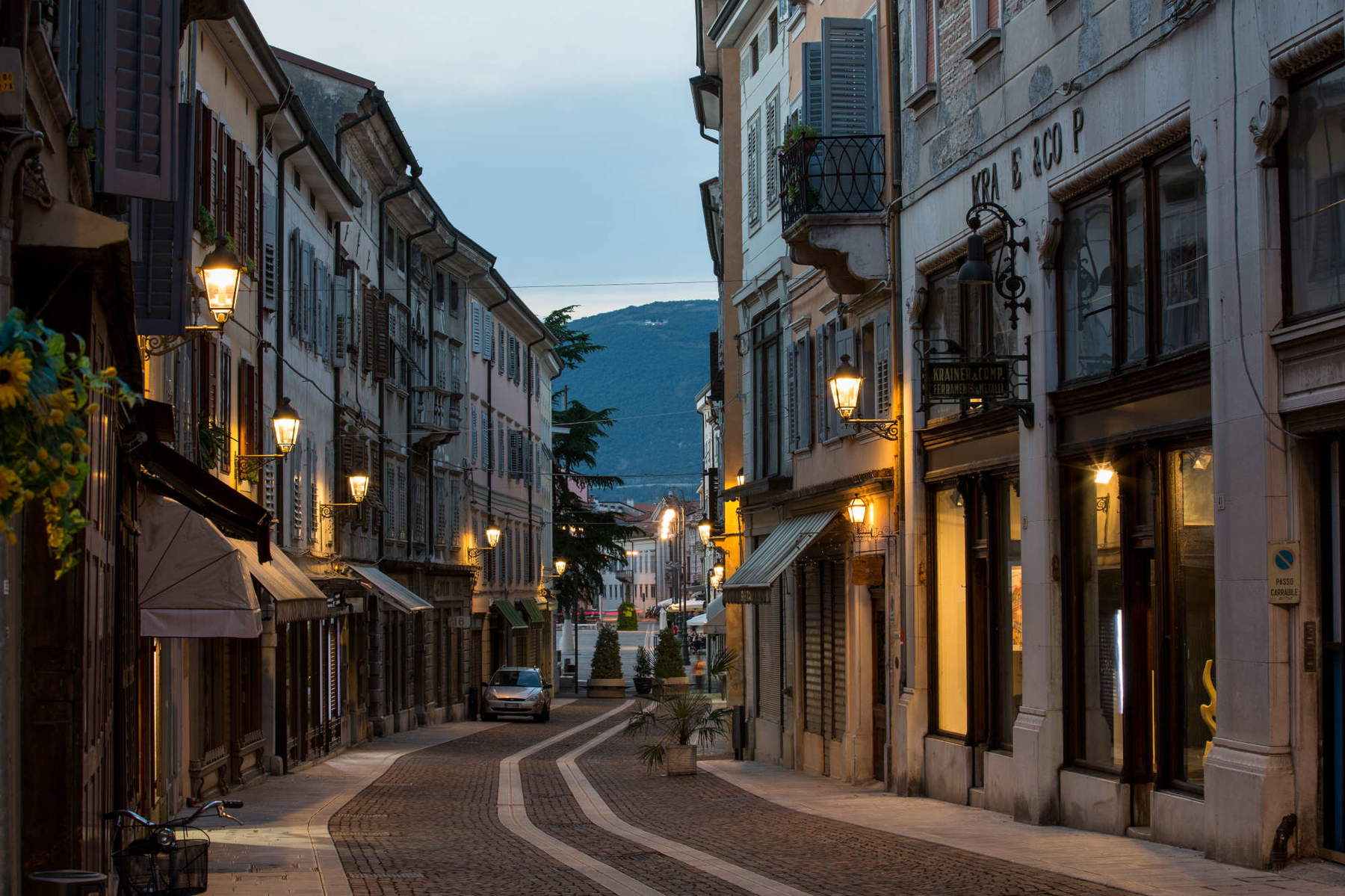
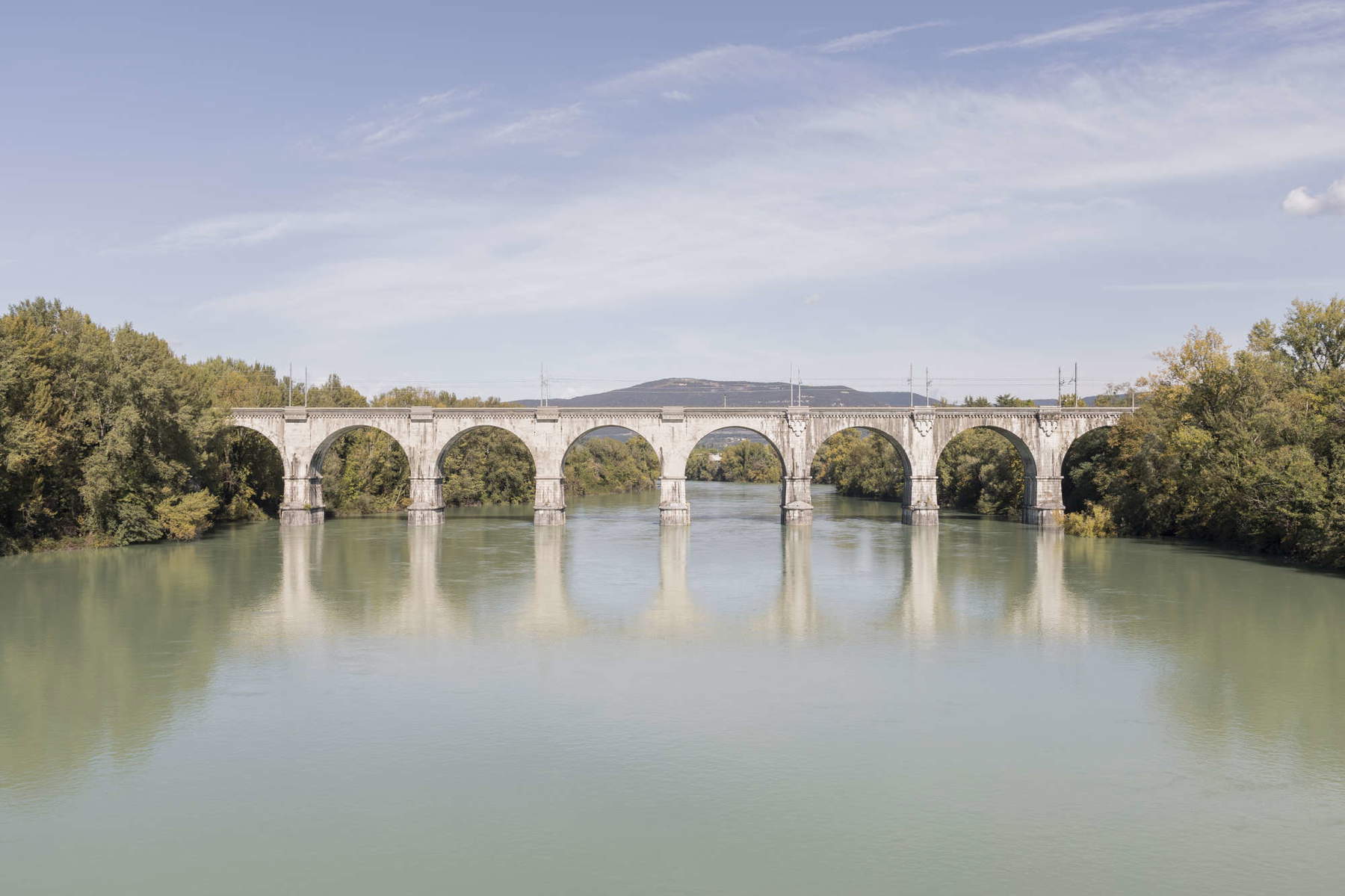
Short itinerary on this side and the other side of the border
PromoTursimo FVG is offering two guided tours throughout 2025 to explore the areas of the European Capital of Culture: these are Gorizia Atmospheres. Classic Tour and Gorizia. A Frontier History. For those who wish to arrange their own visit to the two cities, we briefly list the most interesting places. Beginning with Gorizia, the first stop is the medieval castle, from whose heights the enchanting view of the Collio opens up. Passing through the monumental Leopoldina gate, we come to the Castello suburb and then to the Provincial Museums, which include the Great War Museum, the Museum of Fashion and Applied Arts, and the Archaeological Collection; at present, however, they are closed to the public for works.
Instead, walking down Rastello Street, one crosses the memory of the ancient workshops where Gorizian lace was made; among the buildings to be discovered are the Coronini Cronberg palace and the cathedral, with the Gothic chapel of St. Acacius and a scenic high altar from 1707. Those who love greenery can find great satisfaction by visiting the Viatori garden and the Piuma Isonzo park. In the hamlet of Olsavia, on the top of Mount Calvario, stands a World War I military shrine(O Gorizia tu sei maledetta, sang the infantrymen who survived the Sixth Battle of the Isonzo, in which some 21,000 Italian and 9,000 Austro-Hungarian soldiers lost their lives): it was inaugurated in 1938 by designer Ghino Venturi to house the remains of those who fell in the atrocious clashes on the Karst. The best place to cross the border between Italy and Slovenia is Piazza Transalpina, which we have already mentioned: not only because of its symbolic significance, but also because the station is an early 20th-century building-the Jesenice-Trieste railway line was inaugurated by Archduke Franz Ferdinand in 1906-still well preserved and still exploited by the cinema for its authentically retro atmosphere. So here we are in Nova Gorica, with its Museum on the Border. Kolodvor Museum Collection, the Pristava Museum Collection, the City Gallery and various private art galleries, Park Vila Rafaut and the Solkan Bridge. The latter location is also home to the Mount Sabotino Peace Park, while a few kilometers from Nova Gorica, Kromberk Castle is the main exhibition space of the Goriški muzej.
Warning: the translation into English of the original Italian article was created using automatic tools. We undertake to review all articles, but we do not guarantee the total absence of inaccuracies in the translation due to the program. You can find the original by clicking on the ITA button. If you find any mistake,please contact us.





